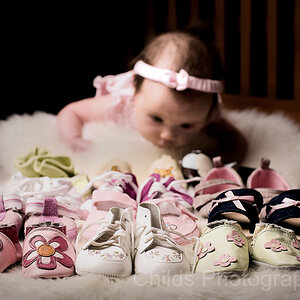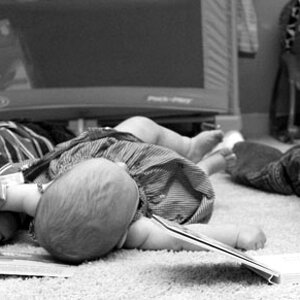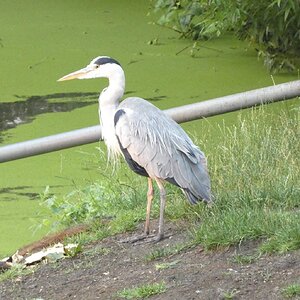- Joined
- Apr 9, 2009
- Messages
- 41,401
- Reaction score
- 5,706
- Location
- Iowa
- Website
- kharrodphotography.blogspot.com
- Can others edit my Photos
- Photos OK to edit
UP TO 2 stops of leeway with Raw files.
You get 2 stops of leeway if none or 1 color channel is clipped.
You get 1 stop of leeway if 2 color channels are clipped.
You get 0 leeway at all if all 3 color channels are clipped.
You get 2 stops of leeway if none or 1 color channel is clipped.
You get 1 stop of leeway if 2 color channels are clipped.
You get 0 leeway at all if all 3 color channels are clipped.


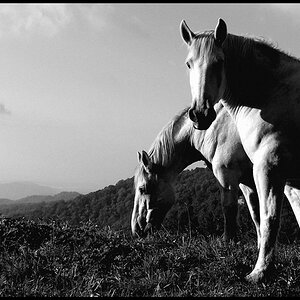
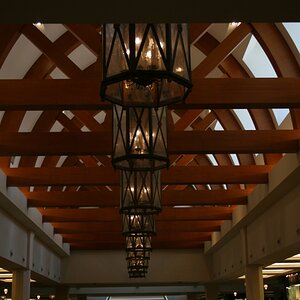
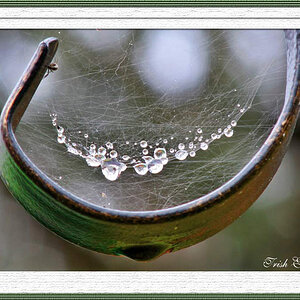
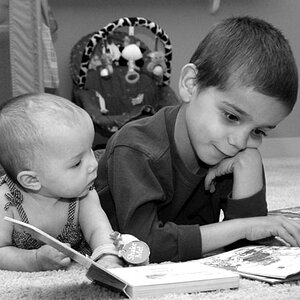
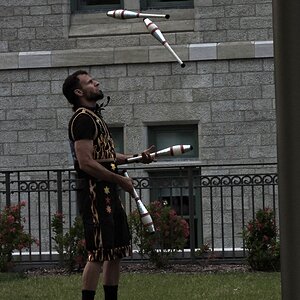
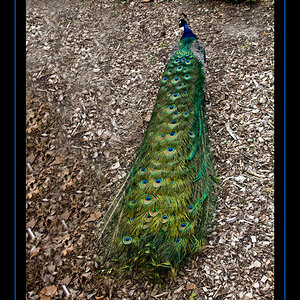
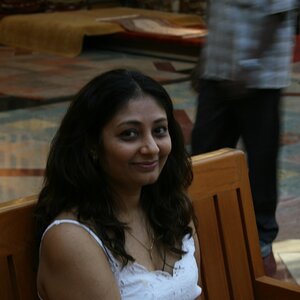
![[No title]](/data/xfmg/thumbnail/41/41905-b622c7d92c817afea0d4f5704e7fb329.jpg?1619739940)

